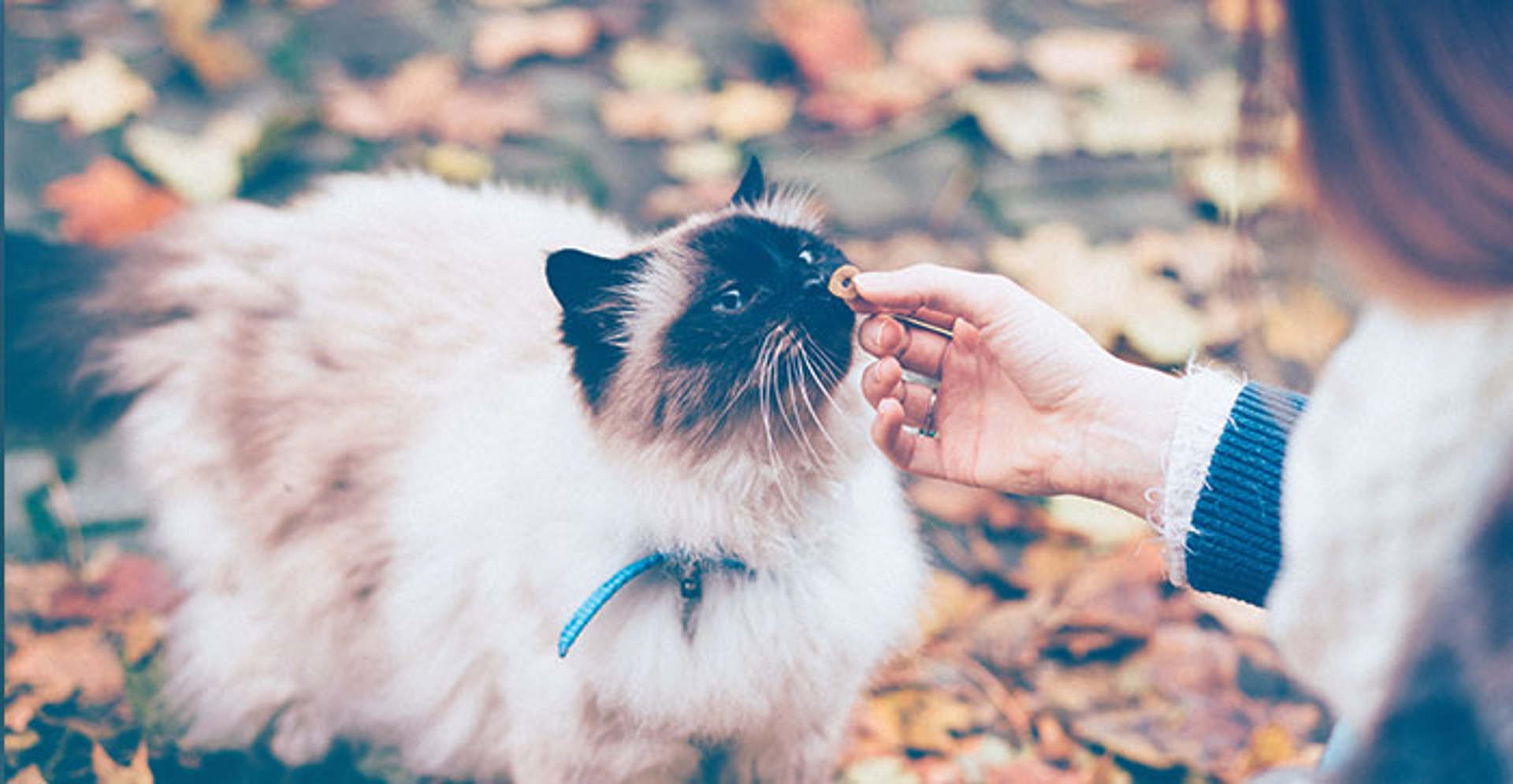22
Jan 2020
Pet parents choose to switch their pets’ diets for a variety of reasons. These can include food allergies or intolerances that develop, new formulations that boast health benefits, or other life changes. Food transitions also occur when juvenile pets mature into adults and then require different foods to meet age-related dietary requirements.
Anytime pet parents introduce new foods to their pets, they should follow a gradual introduction process to minimize the risk of potentially negative reactions, which can include loose stool or stomach upset. In addition to taking things slowly, pet owners can employ a few other strategies so pets seamlessly transition to their new diets.
• Choose a similar formulation. PetMD advises pet owners to find foods with similar formulations if existing foods need to be switched due to a recall or if a brand is no longer carried. That means if you were feeding chicken and rice, look for chicken and rice products when buying new foods. A similar nutritional analysis also can help make the transition go smoothly. Unlike humans who need and crave variety in their diet, pets do best when presented with a consistent diet.
• Switch food gradually. Mixing the old food with the new food gradually can ease diarrhea or stomach upset. It's best to do this over the span about a week. On days one and two, make it 75 percent current food with 25 percent new food. On days three and four, serve a 50-50 mix. On days five and six, the ratio should be 25 percent current food and 75 percent new food. Starting on day seven, serve only new food. Pets with extra sensitive stomachs may need a transition period that lasts between 10 days and two weeks.
• Consult with a veterinarian. If you are unsure about food choices or want advice about making a switch, talk to your veterinarian. They can suggest foods based on your pet's health history and their needs according to size/breed/etc.
• Watch for side effects. It can take as long as 12 weeks before you determine if a diet regimen is working. But most companion animals will resume normal digestive function within a few weeks of transitioning to new foods. Avoid new edible toys or food treats during the transition period to isolate potential food reactions to the new food. If vomiting or diarrhea is present and persists, it could be a result of sensitivity to the new food and a vet should be contacted.
• Use the same technique for wet or dry food switches. When switching from a wet to dry food or vice-versa, adhere to the same gradual transition process. When transitioning to a new pet diet, adhere to the feeding guidelines on product labels, as portion sizes may need to change depending on differences in nutritional values and needs.
As always, make sure you're fulfilling the dietary requirements specified by the food manufacturer, or as directed by your veterinarian. Whatever your reason for the switch, follow these guidelines for a smooth transition.






